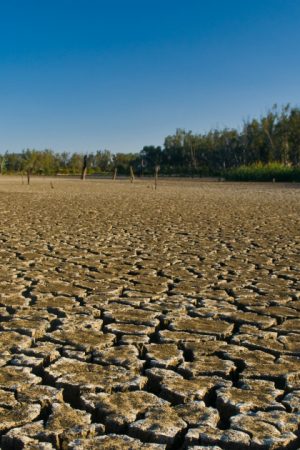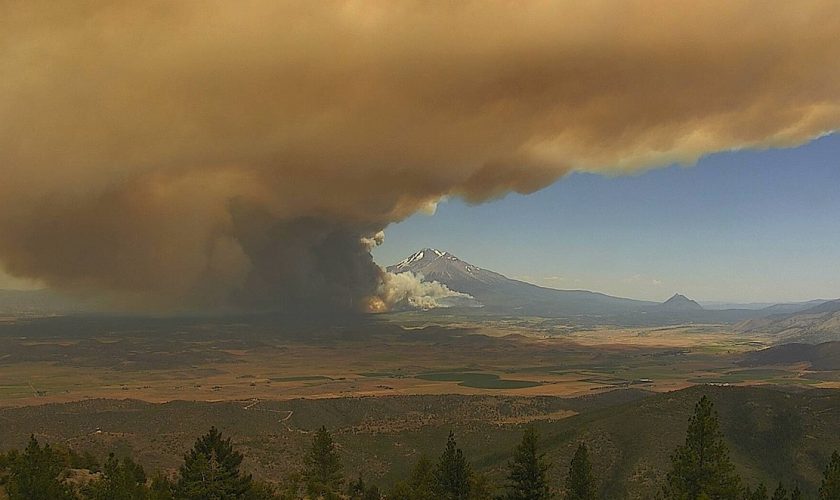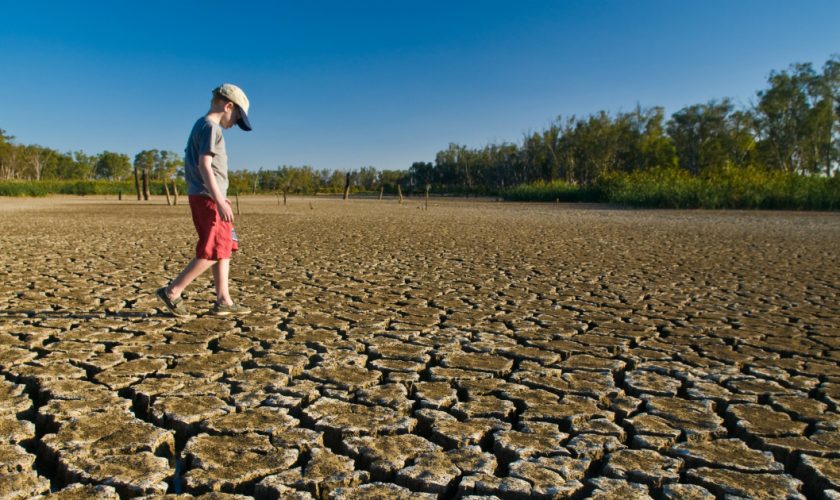Plant and animal life depends on a variety of specialised climate conditions to thrive; any change inside the atmosphere can have a significant impact on these organisms. Animals and plants have been demonstrated to be affected by climate change in numerous ways.
Playlists that are currently trending are automatically played.
Animal metabolism, productivity, behaviour, and habitats are all affected by rising global temperatures. As a result of the effects of climate change on plant growth, harvesting dates for wine grapes have been shifted.
Changes in the ecology are likely to be irreversible as a result of climate change.
‘The timing of various events in nature is one of the most extreme ways we have witnessed species adapting to climate.’
Animal and plant life cycles are affected by climate change. Animals are waking up earlier from hibernation or migrating later as temperatures rise. Because of the warming climate, many plants are flowering sooner inside the spring and living longer into to the fall.
The plants and animals that are unable to migrate are in danger of extinction.
Effects Of Land-Based Global Climate Change
People, animals, and plants will all be affected by climate change in the future. Because of climate change, certain species are thriving, while others are struggling to survive. Some ecosystems are being ruined by invasive species.
For starters, animals can migrate in order to return to the climate they were used to. Alternatively, they may remain in their current location and adapt their behaviour or evolve to better fit the new environment.
In the end, a species can go extinct in a single site, which is called “a local extinction,” or it can go extinct throughout the whole range of the species. In the case of a worldwide extinction, all members of the species are extinct for good.
Birds and penguins alike must migrate earlier and farther than ever before. Changes in the hibernating habits of marmots, a large squirrel, have resulted in an increase in their weight.
There are many direct risks to climate change despite the fact that climate change is indeed the ultimate cause.
Predators, for example, rely on vanishing prey species and disappearing environments like dried-up ponds. The spread of illnesses and parasites is also facilitated by a hotter climate.
“In the United States, Latin America, South America, and elsewhere, a chytrid fungal that has been spread by global warming has had devastating effects on frog species. More than 100 species may already be extinct as a result of this “Wiens stated this.
These local extinction events occurred around the world, on the both land and sea, “and in both plants, as well as in all major types of animals, include mammals, birds and fish.”
Researchers analysed data on recent climate change-related range shifts to estimate the probability of local extinctions. Hundreds of species, including 47% of the 976 species surveyed, have already succumbed to climate-related local extinctions, according to the findings.
Climate change has already caused widespread local extinctions despite the little increase so far, and Wiens predicts that the number will rise even further in the following 50 to 100 years as the temperature rises by an additional 1-to-5 degrees.

Oceanic Consequences Of Climate Change
Land creatures aren’t the only people affected by the shift in climate, which is occurring both on land or in water. To survive, fish have to travel further north and sea life are disappearing, causing an imbalance in the food chain.
One-fifth the world’s marine species can be found on coral reefs despite their small size; they make up 25% of the world’s marine life. As many as 40 million people depend upon coral reefs for their seafood diets.
Coral bleaching and infectious illness outbreaks may become more frequent as ocean temperatures rise. Stressed corals eject the symbiotic algae that lives in their tissues, leading them to turn entirely white, due to changes in environment including temperature, light, and nutrients.
In addition, when carbon dioxide levels rise, ocean waters are able to absorb more of the gas. As a result, the water becomes more acidic, making it more difficult for corals to initiate and maintain its skeletons
Warmer water and more acidity in the ocean owing to increased atmospheric carbon dioxide could make corals scarce in some areas. For other sea animals and the food chain that connects them, coral reefs are disappearing at an alarming rate.
With climate change putting a strain on coral reefs, it is imperative that humans maintain these fragile ecosystems with care. People can also donate to organisations like Ocean Reef Association and Coral Reef Alliance, which are dedicated to protecting coral reefs.
Plants aren’t able to keep up with today’s rapid evolution.
Plants can’t keep up with the changing climate.
Many plants have started putting out its leaves and blossoms earlier in the spring because of climate change.
The wine grape harvest in France are now 10 days sooner than they were previously due to climate change, according to Cook’s research.
Some plants, according to Cook’s research, are unable to thrive in warmer settings because they require a cold winter for growth.
A few plants in North America are travelling north or even to higher altitudes in order to thrive in their new environments.





